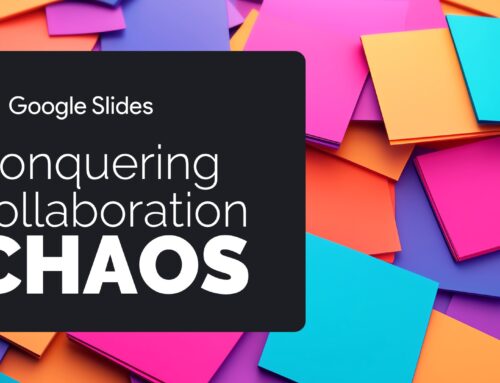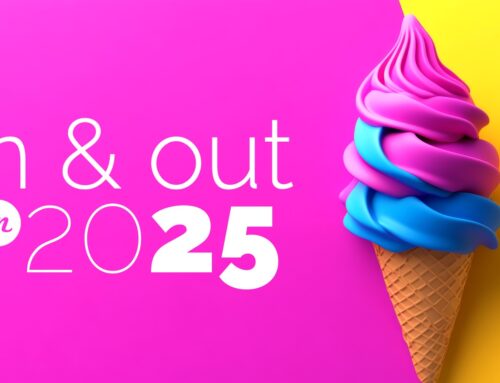Professional PowerPoint Presentations:
Writing for Memory
Recently, we posted about how to use design to create memorable professional PowerPoint presentations. But design tricks aren’t the only important component of a memorable presentation. A basic understanding of how the human brain works can help create a presentation that is easier for the audience to understand & recall.
Repeat, Repeat
Short term & working memory can only hold 5 – 9 unrelated pieces of information at a time. These 5-9 items have the opportunity to be transferred to long-term memory. In order to turn short term memory into long term memory, incorporate repetition and review into your presentation.
Remind the audience about the most important take-away information periodically before introducing them to new information. Returning to the central points increases the likelihood that they will stand out from the noise.
Simplify
Speaking of noise; our world is filled with information. Everywhere we look, whether it be TV, our laptops, or even newspapers, we see hundreds of new stories that each include a boat load of information. But, how much of this information do we actually remember? Not very much.
To truly learn and remember, we need simplified and concentrated content.
When writing for presentation, avoid including extraneous information. Make sure the content on each slide focuses on the bottom line, thus freeing up the audience’s cognitive capacity for what is really important.
Build Connections
We connect past knowledge and experience to incoming information. Our brains use these connections to build understanding through causation and relations. As a result, relational understandings of information take content from short term or working memory, where only 5 – 9 unrelated items are held, into long term memory by creating a path for our brains to travel for information retrieval.
Tell the audience not only the “what” but also the “how and why.” Provide examples of each piece of information to help the audience connect in a personal way.
In conclusion, to educate an audience for the long term, use these three strategies in your next presentation:
- Repeat and review along the way.
- Direct your audience’s attention to the important stuff by simplifying your content.
- Help your audience relate to the information by creating connections.
Want to create and deliver more memorable presentations? We offer narrative and content consulting services. Drop us a line!






Leave A Comment
You must be logged in to post a comment.